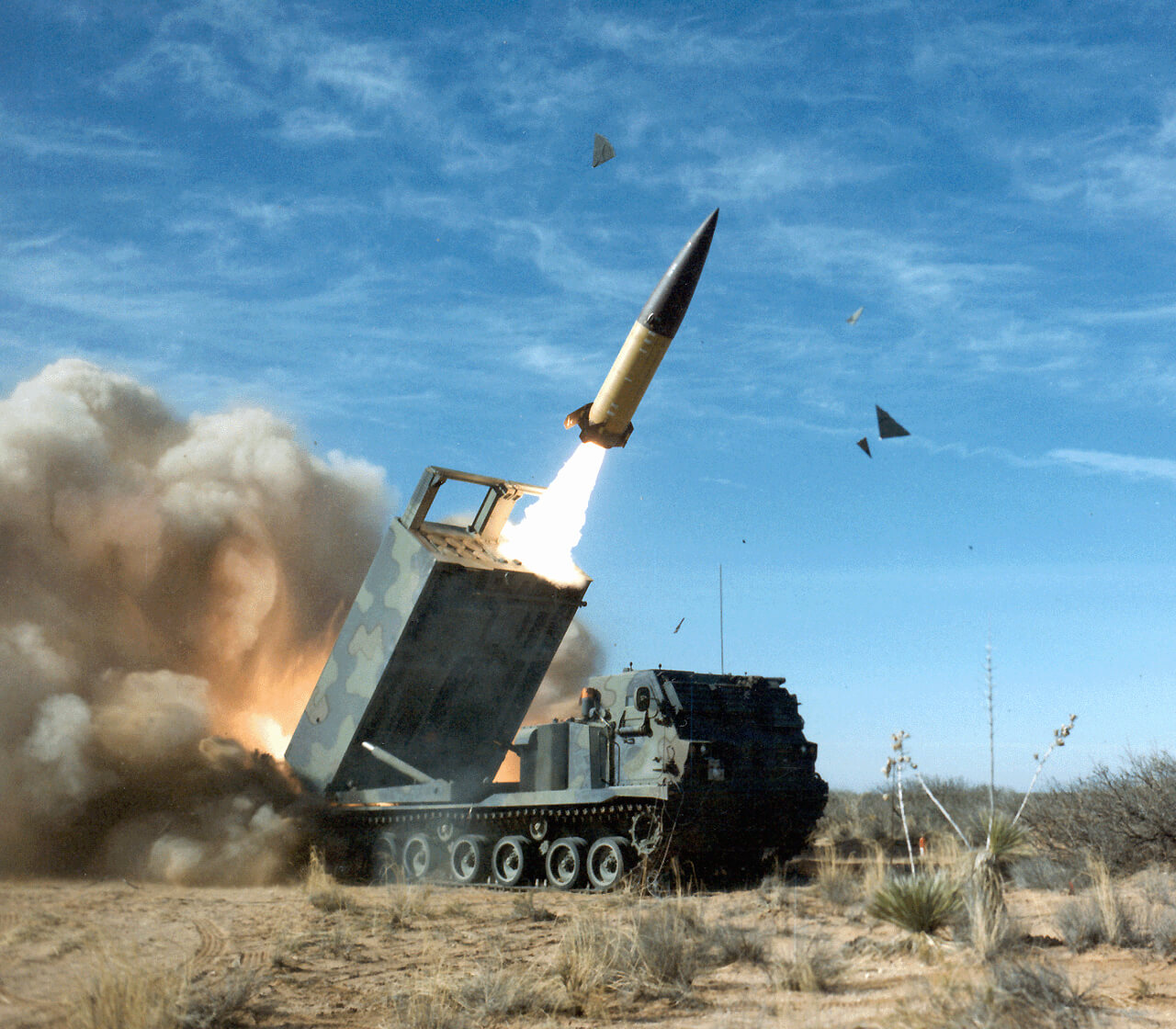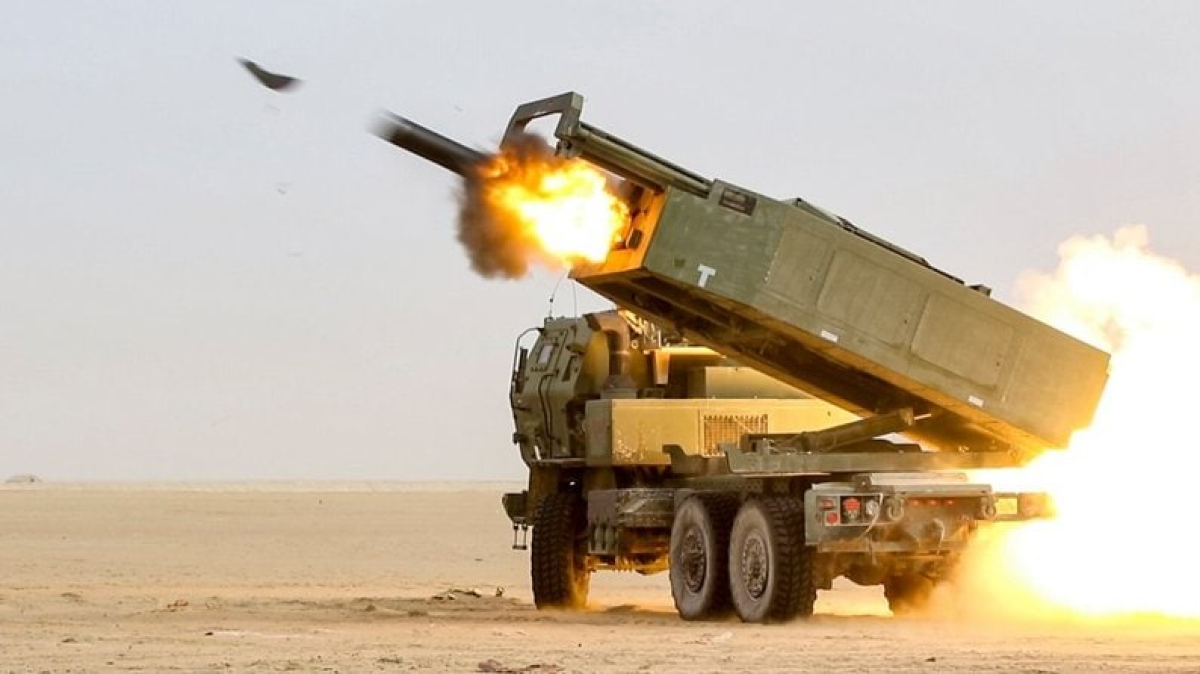After acquiring HIMARS multiple launch rocket systems (MLRS), Ukraine has been pressing the US to provide long-range Army Tactical Missile Systems (ATACMS) to battle Russia.
However, the Biden Administration is unlikely to provide the Ukrainian military with ‘deadly’ ATACMS anytime soon that Kyiv has been requesting for months, as per a recent report by CNN. The US was initially even reluctant to equip Ukraine with HIMARS.
US officials believe that recent gains made by the Ukrainian forces in Kharkiv are evidence that the weapon systems and the intelligence support currently being provided by the West have been effective.
Therefore, officials do not think there is any need for a dramatic shift in the strategy, at least in the short term, even if the Ukrainians have been requesting the Pentagon for long-range missile systems and tanks, which they argue could help them sustain their offensive for longer, and hold on to the recent territorial gains.
ATACMS Missiles
The MGM-140 ATACMS is a 610-millimeters tactical ballistic missile manufactured by Lockheed Martin. It can be fired from the M142 HIMARS or the M270 MLRS, both of which Ukraine currently possesses and is using to fire M31/M31A1 Guided MLRS (GMLRS) rockets.
These GMLRS rockets are stored in the Launch Pod Container (LPC), which contains six rockets in total. For the ATACMS missile, the HIMARS and M270 MLRS use the Enclosure Assembly Launch Pod (EALP), which houses one missile.
The warhead of the ATACMS missile weighs around 227 kg, compared to the 90 kg warhead of a GMLRS rocket. The missile can reportedly travel at a supersonic speed of Mach 3.5, making it near impossible to intercept. This means that an ATACMS strike only becomes evident after impact when the missile’s target explodes.

According to the Center for Strategic and International Studies (CSIS), the cost of firing each ATACMS is more than $1 million, though the system has been out of production for more than a decade.
Compared to that, the GMLRS rockets, though not very cheap, cost only about $160,000 each and are still in production.
ATACMS Can Strike Inside Russia
Most importantly, the ATACMS can hit targets up to 300 kilometers, whereas the GMLRS rockets currently used by Ukrainian forces can only reach up to 84 kilometers.
Such a long-range strike capability packed with a powerful punch will allow Ukraine to obliterate any high-value target inside Russia. The US is not keen to provide ATACMS to Ukraine, as the Biden administration considers it ‘too escalatory.’
Russia had warned the Biden Administration against supplying ATACMS to Ukraine.
“If Washington decides to supply longer-range missiles to Kyiv, then it will be crossing a red line and will become a direct party to the conflict,” said the Russian Foreign Ministry Spokeswoman, Maria Zakharova, in a briefing on September 15.

That said, the US has already made it clear that it will not provide Ukraine with ATACMS, as the GMLRS rockets currently being supplied to Ukraine forces are sufficient to meet their current operational needs on the battlefield.
“It’s our assessment that the most relevant munitions for the current fight are the GMLRS. We have prioritized getting the Ukrainians the GMLRS they need, not only to hold in the east but may generate some momentum elsewhere in the country,” said the US Undersecretary of Defense, Dr. Colin Kahl, in a press briefing on August 24.
“It’s our assessment that they don’t currently require ATACMS to service targets that are directly relevant to the current fight,” Kahl further added. “We’ll obviously continue to have conversations with the Ukrainians about their needs, but it’s our judgment at the moment that we should be focusing on GMLRS, not ATACMS.”
However, the Biden administration has adopted an incremental approach to providing military aid to Ukraine, in some cases, later agreeing to send weapons that earlier it deemed ‘too escalatory’.

The HIMARS MLRS, which has wreaked havoc on the Russian military, was earlier off the table for Ukraine, as President Biden feared that providing highly advanced, destructive, and long-range MLRS to Ukraine would be interpreted as an escalation by Moscow.
However, Washington later agreed to provide HIMARS to Ukraine after Kyiv gave “assurances” that it would not use the missiles to strike inside Russia. Also, the HIMARS munitions being supplied to Ukraine can only reach up to a distance of 84 kilometers.
The question remains, after HIMARS, will the US equip Ukraine with ATACMS, and how will the Russians respond? For now, Moscow seems to be regrouping and preparing for a counterattack.
- Contact the author at tanmaykadam700@gmail.com
- Follow EurAsian Times on Google News




